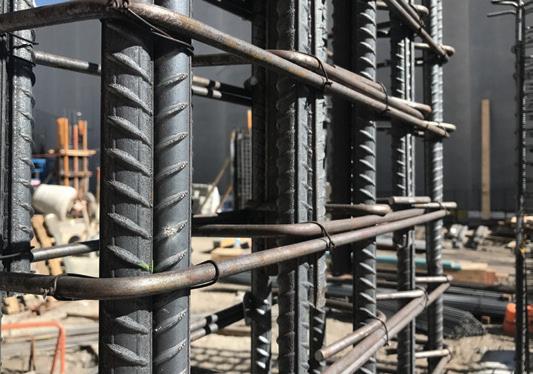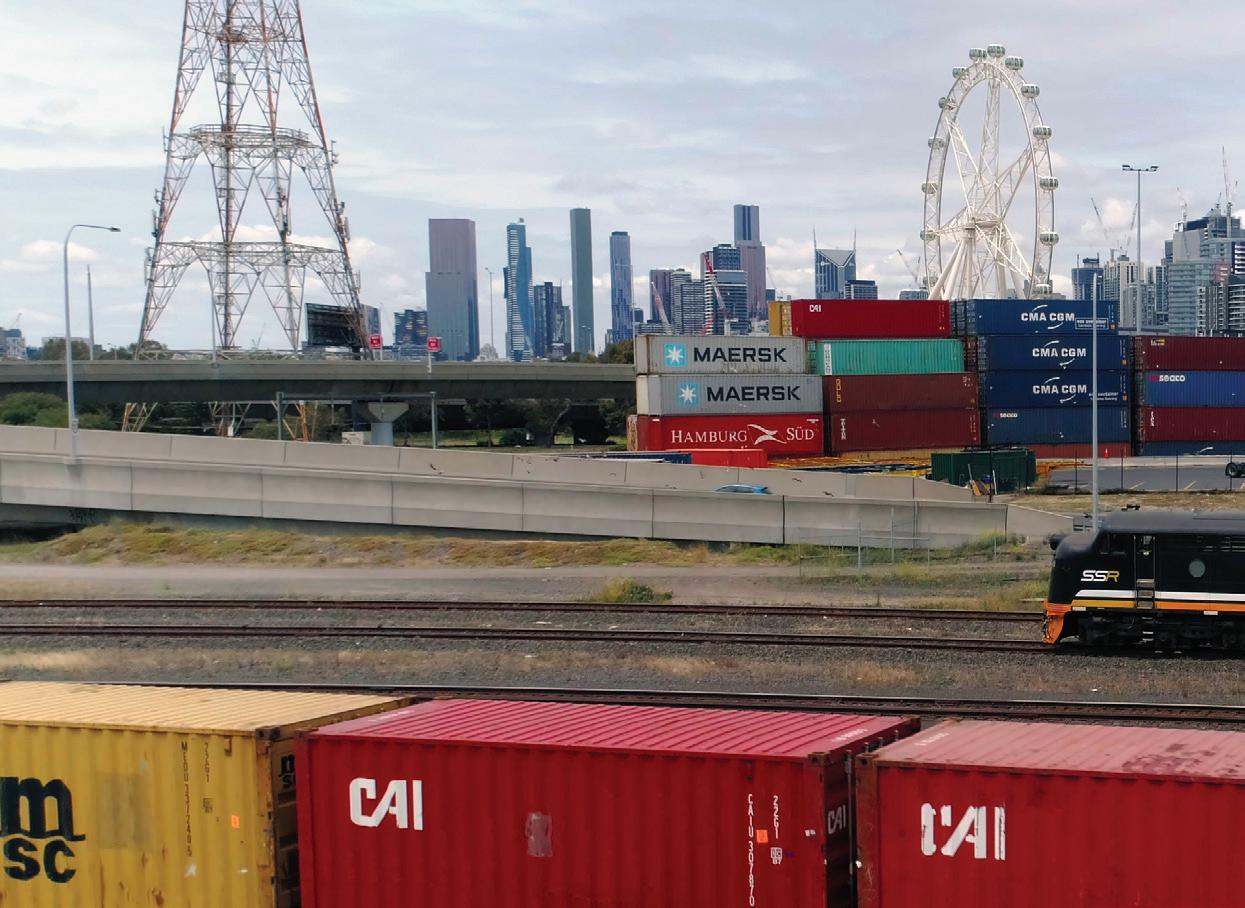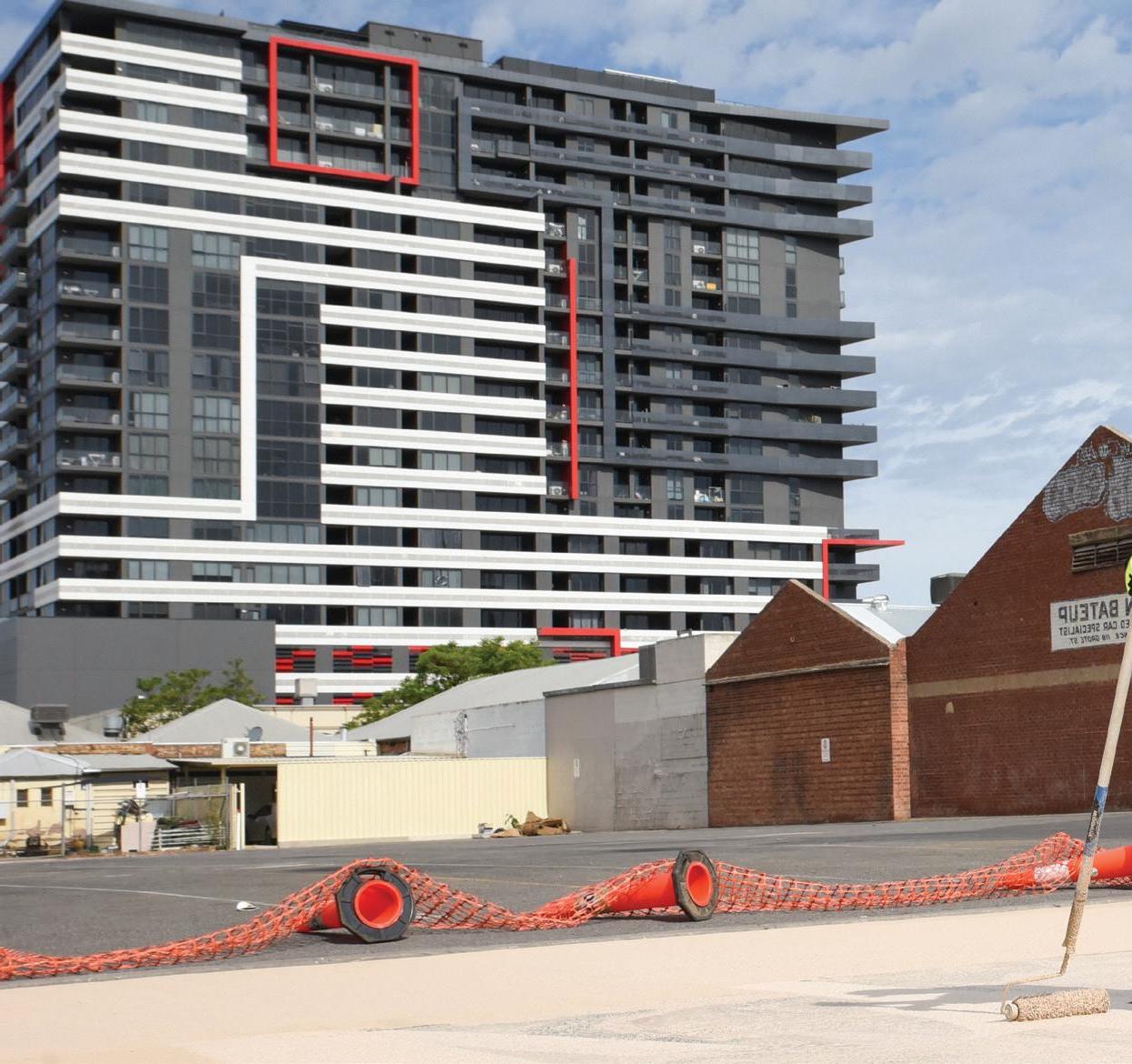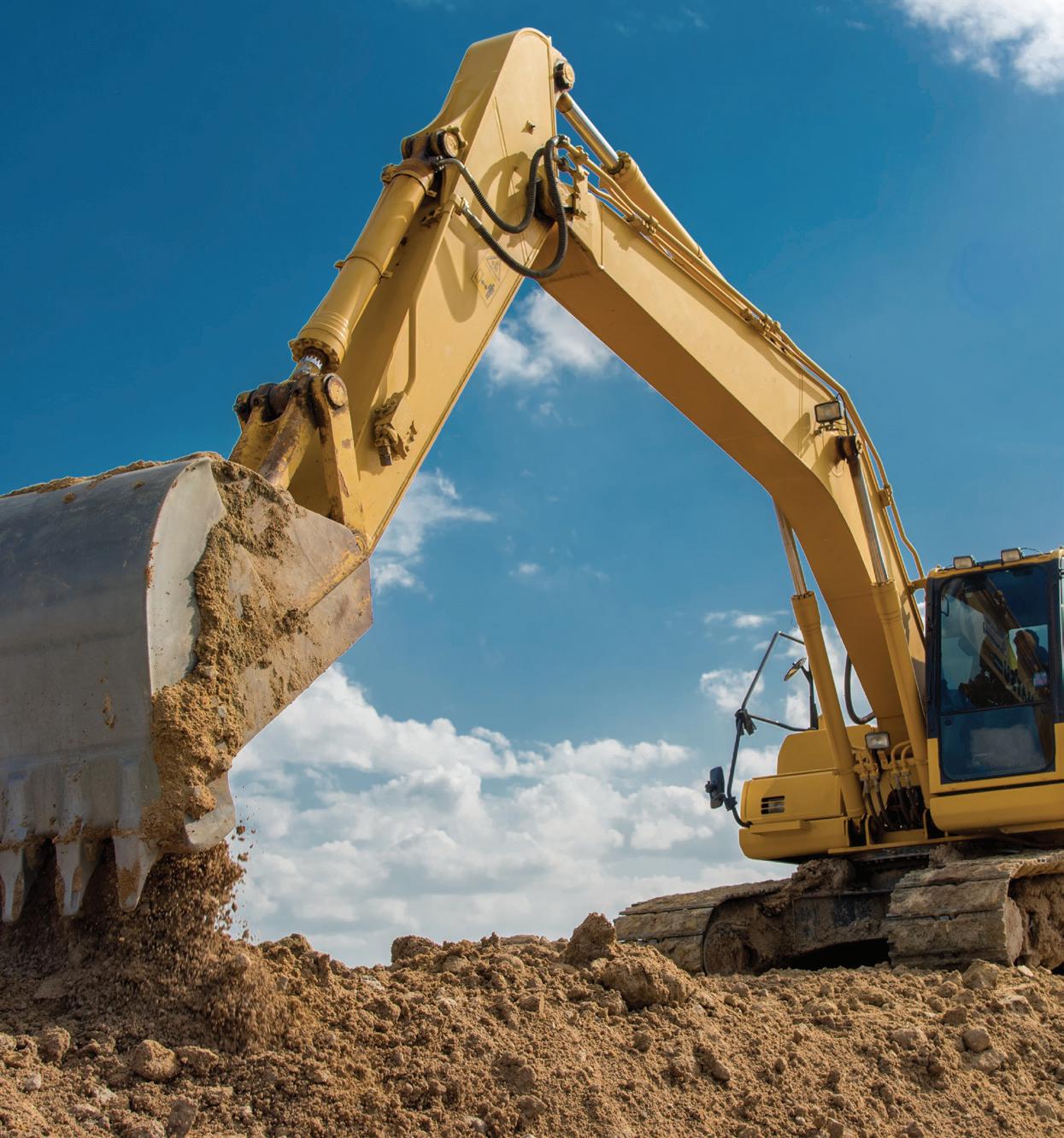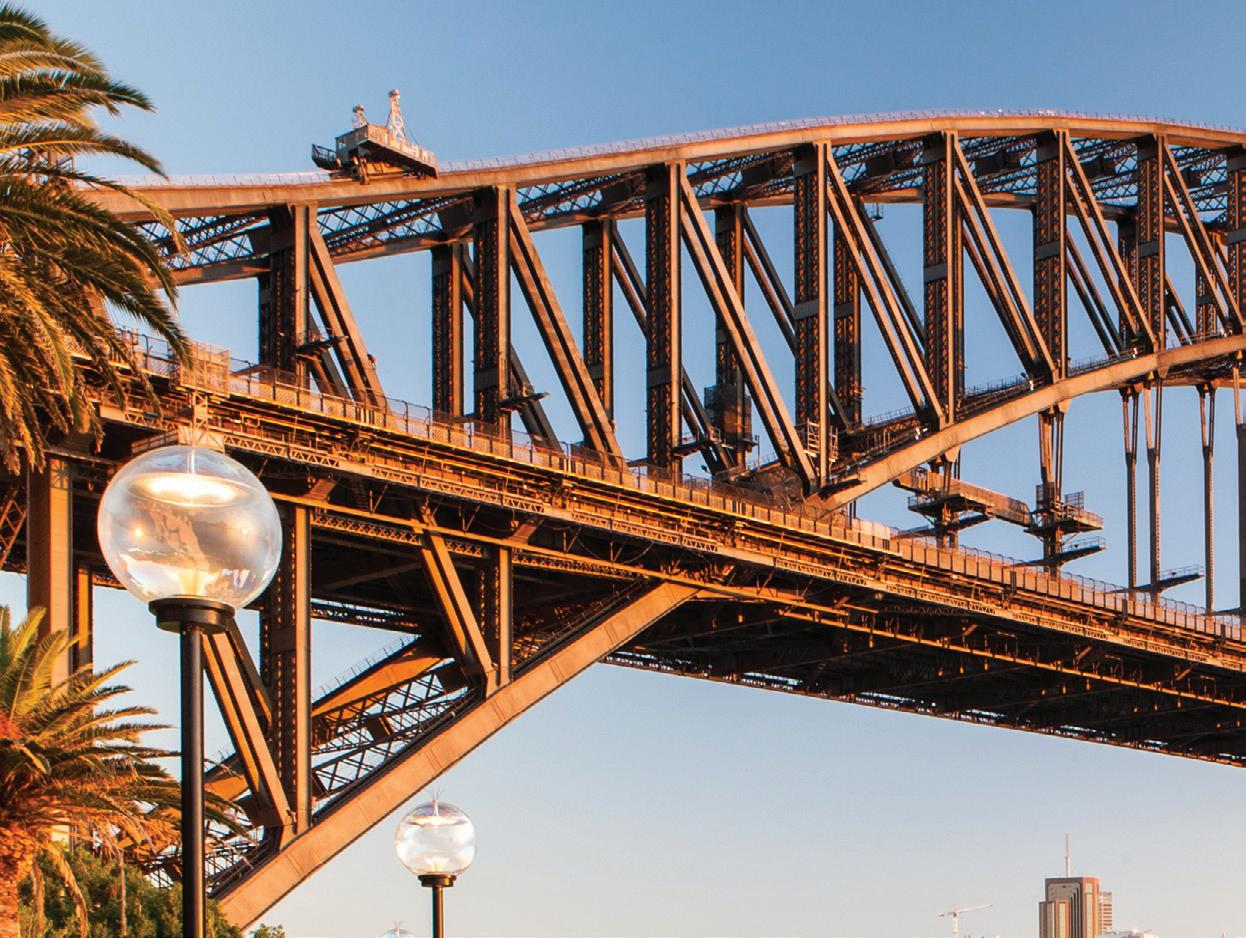FREIGHT AND LOGISTICS
A LONG-TERM STRATEGY
FOR SUPPLY CHAIN I by Port of Melbourne
In early 2020, Port of Melbourne received government approval for the major $125 million Port Rail Transformation Project to go ahead. The significant rail works form part of a larger future infrastructure strategy for the port involving plans to increase container handling capacity, port side road infrastructure, and a new liquid bulk berth.
J
ust as Australia's ports have played a critical role in keeping Australia moving during the COVID-19 crisis, it's clear they will be the gateway to the nation's economic fortunes post-pandemic as we look to breathe new life into sectors, big and small. As our economy rebuilds and we begin thinking long term again, ports will play a pivotal role in Australia's economic future. For Port of Melbourne, our task is threefold: optimise the efficiency and effectiveness of our port operations, facilitate Australia's vital link in the global supply chain, and continue to invest in infrastructure to meet our growth forecasts. RAIL PROJECT GIVEN GREEN LIGHT Earlier this year, the State Government gave the all-clear for our Port Rail Transformation Project (PRTP). It's an initiative many years in the making that will ease congestion for local communities, ensure an efficient supply chain for freight and business, and support Australia's economy through a productive Port of Melbourne. Funded by a tariff on full import containers, the $125 million rail project will involve significant rail infrastructure works and a new rail operating framework inside the port. The project involves: ♦ Development of a new on-dock rail terminal at Swanson Dock East to ensure a lower cost transfer of containers between rail and ships ♦ Restructuring the port rail land and asset commercial arrangements for port Rail Terminal Operators to provide rail land and assets on a similar basis it provides wharf and road assets and land
46
September 2020 // Issue 16
♦
New working arrangements between Port of Melbourne Operations and port Rail Terminal Operators at most current and all future port rail terminals The investment in PRTP is essential to maximising the port's capacity and improving landside transport connections for industry; and it's set to pay significant social, environmental and economic dividends. It will make our roads safer, reduce pollution, cut costs for exporters and, ultimately, allow Melbourne to maintain its competitive position within the national port freight system. Our Port Rail Transformation is also a central part of our broader infrastructure investment plan which recognises the need for the port's land, and the infrastructure on it, to be used efficiently and productively over the next 30 years. As our population grows and interstate and international trade increases, the demand for access to Melbourne's port will continue to grow. Our analysis shows that over the next 30 years, total container trade volumes will grow from three million TEU each year, to around 8.9 million TEU by 2050. TO SUPPORT THIS GROWTH, WE NEED TO GET BUILDING Infrastructure planning, approvals and delivery timeframes mean the next phase of port expansion needs to commence now, and we are committed to working with industry, government and all stakeholders to make it happen. There are several projects in addition to our immediate investments in rail that will need to be delivered in the coming decade to support the forecast growth in trade and ensure our infrastructure can cater to growing demands. First and foremost, we need to invest in terminal capacity www.infrastructuremagazine.com.au







